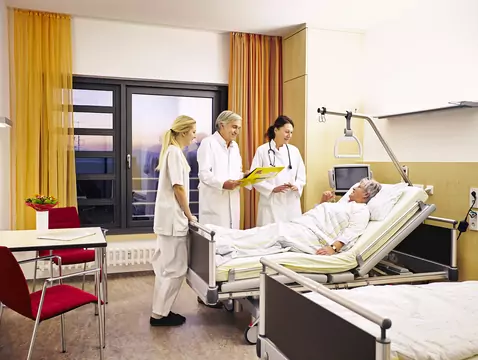
Treatment options for glioma - general information
Any effective treatment must take into account a variety of individual disease factors, such as the location and size of the disease focus, symptoms, potential benefits and risks of taking a...

Opportunity for a new drug for embryonal neuroblastoma
An international group of researchers has discovered a potential biomarker compound and molecule with highly anti-cancer activity.

The power of vitamin C to treat cancer
Vitamin C can inhibit the development of cancer.

Side effects of chemotherapy
Side effects, often also called adverse reactions, are problems caused by intensive anticancer treatment. The most common cause of them is damage to healthy cells. The immediate duration of side...

Side effects of radiotherapy
Side effects are symptoms that can occur as a result of the oncological treatment administered (e.g. radiotherapy), can vary from patient to patient and depend on a number of factors. Depending on...
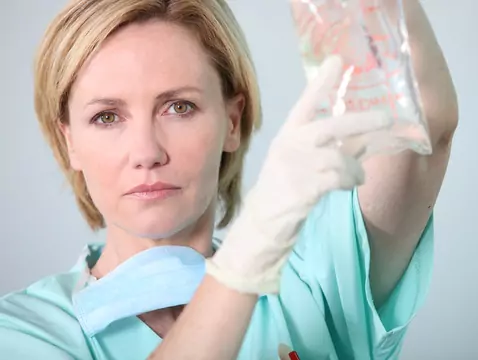
Cancer treatment methods part III
In addition to the traditional methods of treating cancer (chemotherapy and radiotherapy - discussed earlier), one of the newer methods - immunotherapy - has recently gained attention.
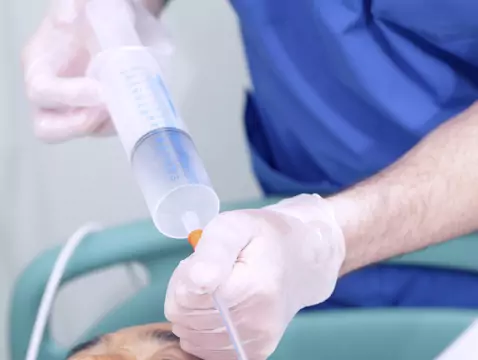
Cancer treatment methods part II
Radiotherapy is one of the most commonly used methods in the treatment of malignant tumours. Nearly 60% of patients are treated using this method. Radiotherapy can be used as a stand-alone form of...

Cancer treatment methods part I
The diagnosis of cancer is a huge change in the life of a patient, the time between the final diagnosis and the selection of the appropriate treatment method is a stressful time for both the patient...

Pain in cancer
One of the many concerns among patients diagnosed with cancer is pain. It can accompany the patient at any stage of treatment, but not always. Thanks to medical advances, pain can be effectively...

Golden turmeric in the fight against cancer
Turmeric (long oyster) is a spice obtained from the crushed rhizome of a tropical plant in the ginger family. This golden powder is a great antioxidant that shows strong anti-cancer properties, helps...
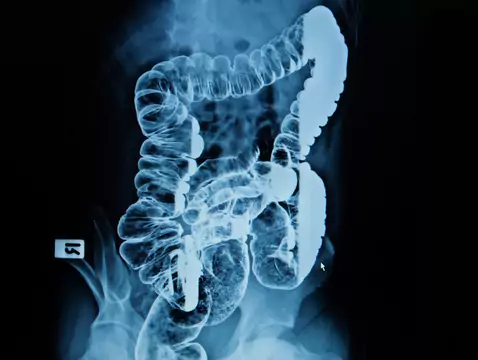
Enteral nutrition for patients with cancer
Enteral nutrition is the physiological method of nutrition. This type of nutrition is the method of choice in patients requiring nutritional support when a whole food diet is unable to cover energy...
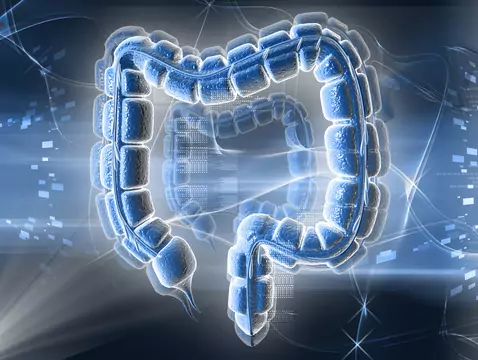
Parenteral nutrition for patients with cancer
Parenteral nutrition (parenterals) consists of the supply of all nutrients via the intravenous route and is used for patients who cannot feed via the gastrointestinal route.
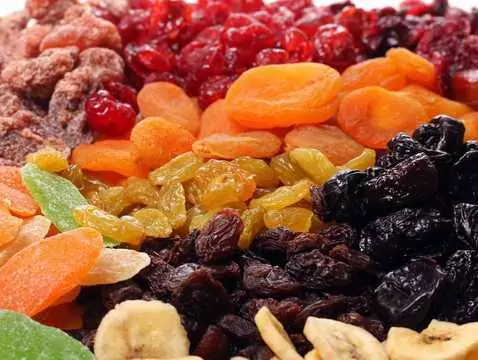
Flavonoids and cancer
Flavonoids are a group of substances commonly found in many plant products. Currently, nearly 4000-5000 different flavonoid compounds are known. They give yellow, red, purple and blue colours to many...
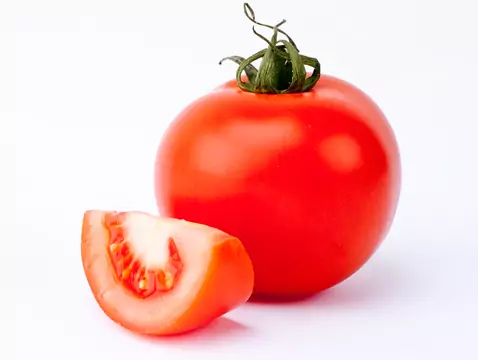
Lycopene and cancer
A compound belonging to the carotenoid family that gives orange, yellow and red colour to many fruits and vegetables. Lycopene, as a pigment, gives ripe tomatoes their red colour and these vegetables...

Constipation during chemotherapy - causes, symptoms, diagnosis, treatment
After cytostatic drugs such as vincristine or vinblastine, problems with bowel movements are most common. However, constipation can be prevented.
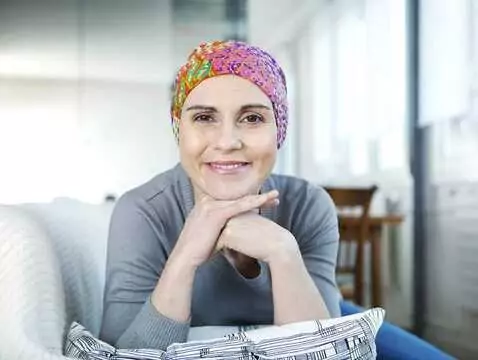
Diet during chemotherapy: dry mouth - causes, symptoms, diagnosis, treatment
Dry mouth as one of the side effects of anticancer treatment can lead to further complications (stomatitis, which may even require narcotic painkillers). That is why it is important to introduce...
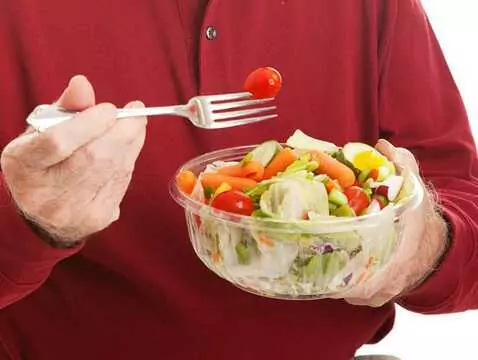
Effect of cancer therapy on taste
A disorder of taste, or so-called dysgeusia, is a symptom that can be caused by the disease or by medication such as cytostatic drugs. This symptom significantly affects the patient's quality of...

Hormone therapy for breast cancer
Combined treatment is used in breast cancer. In addition to surgical treatment, radiotherapy and systemic treatment are used. The latter includes hormone therapy.
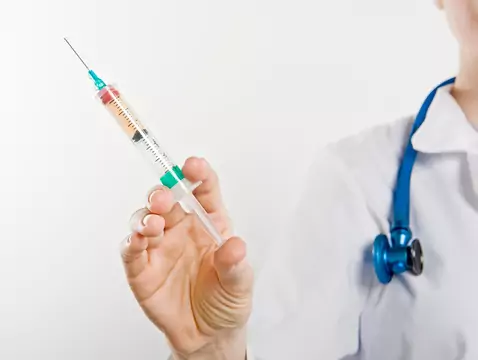
Chemotherapy for breast cancer
Chemotherapy is a systemic treatment that complements the surgical treatment of breast cancer. It can be given before surgery (neoadjuvant treatment), on the first day after surgery (perioperative...

Vomiting and nausea during chemotherapy - causes, symptoms, diagnosis, treatment
During anticancer treatment, proper diet is extremely important. Following the doctor's recommendations (tailored individually depending on the type of cytostat administered) is able to reduce...




